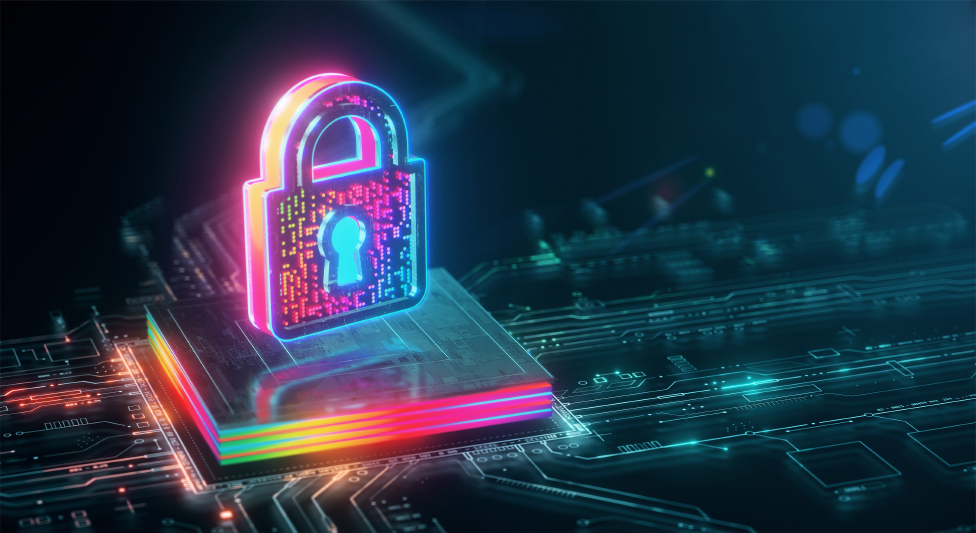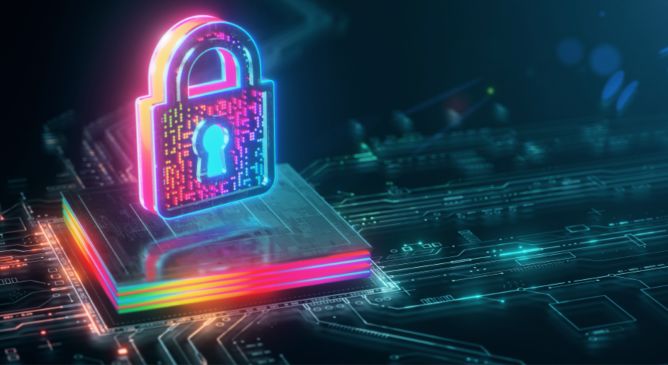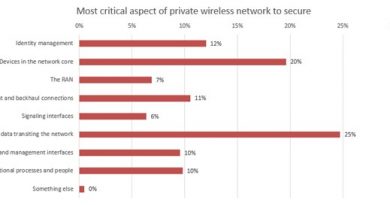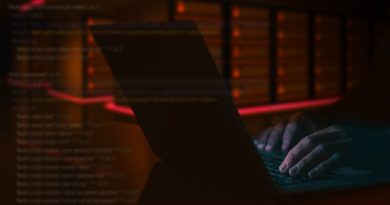Four Must-haves to Strengthen Your Endpoint Security

IT infrastructure is getting increasingly complex thanks to trends such as remote work, cloud adoption, hybrid cloud, and IT/OT convergence. The teams defending these progressively diverse IT environments are exasperated by security tool sprawl and a lack of skilled resources. It’s difficult to ensure IT and security operation teams are equipped with the necessary resources to adequately defend the organization while also minimizing product proliferation, infrastructure complexity, and overhead.
Endpoints are at the center of this complex problem. IT and security teams commonly manage multiple security solutions for endpoint, server, cloud workload, plus various detection and response solutions. It drains staff time to manage and to learn different product interfaces, not to mention these products are often from different vendors. Also, siloed security tools lead to missed detections and taxing manual investigations.
To combat complexity and achieve optimal security outcomes, there are four key factors an organization should consider when evaluating their endpoint security.
#1. Purpose-built security for both user endpoints and servers
IT operations not only manage user endpoints, but also servers – from basic file and print servers to mission critical ones. User endpoint and server face different threats, and thus need different protection.
According to Gartner1, “An end-user endpoint is regularly exposed to threats through email, websites, cloud services, or USB drives. By contrast, threat actors target server workloads using software and configuration vulnerabilities, lateral movement, and stolen employee credentials. These differences in threat exposure create a need for distinct security requirements and protection strategies for end-user endpoints and server workloads.”
Most security vendor’s endpoint security offerings can be used on servers. However, the security capabilities are designed for user endpoints and might miss server workload-targeted threats. Due to the important nature of some servers, the damage could be disastrous to the organization.
#2. A single security solution for your hybrid environment
Most organizations are leveraging public clouds for workloads, in addition to in-house datacenter. No matter if they choose AWS, Azure, Google Cloud Platform, or other cloud services, the hybrid approach provides flexibility, but also complexity. As you move your workloads from datacenter to public cloud, your organization must ensure compliance requirements are met, and that you have unified security across all your workloads such as physical servers, virtual, cloud, or containers. Varied and siloed security solutions increase the cost of deployment as well as lack of visibility across the environment.
#3. EDR/XDR for all your endpoint types
Adding on to all these infrastructure dynamics, detection and response is another key factor to consider. The sprawl of user endpoints, datacenter, cloud workload, and hybrid infrastructure with siloed detection and response tools could miss detections and tax investigations. Disconnected security layers make analyzing and investigating threats a challenge.
Endpoint security solutions with integrated EDR/XDR across your user endpoints, datacenter, and cloud workload can give you a broader perspective and better context to hunt, detect, investigate, and respond to threats.
#4. Endpoint security as part of a platform’s attack surface management
The increasingly complex IT infrastructure leads to a growing attack surface, introducing further security risks to the organization. It’s more and more difficult to identify the full attack surface, let alone understand what risks and exposure it represents. A SecOps approach seeks to reduce the attack surface via visibility and threat/risk analysis across all security layers.
Endpoint represents a significant attack vector that can help security teams understand an important piece of the puzzle. As IT and security operations work closely together, an endpoint security solution as part of a platform with the option to expand into a complete attack surface risk management tool could be very helpful.
Conclusion
As it becomes more complex for organizations to protect their endpoints, it’s incredibly valuable to have a single pane of glass to see inventory, check detections, take risk mitigation actions, and manage policies for all the endpoints no matter what they are (endpoints, servers, critical servers, physical/hybrid/cloud workloads).
The single security solution eliminates the cost of deploying multiple point solutions and attains maximum security results. It can connect SecOps and ITOps workflow, bridging the abilities to manage and defend the organization’s different endpoint types.
Check out our new Trend Vision One™ – Endpoint Security, the leading endpoint security solution that is purpose-built for endpoints, servers, and cloud workloads, integrating advanced threat protection, EDR/XDR, and threat intelligence. With this solution, you can streamline IT/security operations, reduce complexity, and achieve optimal security outcomes across your on-premises, cloud, multi-cloud, and hybrid environments.
Trend has been a leader in the Gartner Magic Quadrant for Endpoint Protection Platform2 since 20023 — 19 times in a row. We are also ranked #1 for cloud workload security market share4 for the 5th consecutive year.
Trend Vision One™ is a modern, cloud-native cybersecurity platform supporting diverse hybrid IT environments. It automates and orchestrates workflows, and delivers expert cybersecurity services, so you can stop adversaries faster and take control of your cyber risks.
1. Gartner, Prioritizing Security Controls for Enterprise Servers and End-User Endpoints (Evgeny Mirolyubov, Peter Firstbrook, January 2023)
2. Gartner “Magic Quadrant for Endpoint Protection Platforms,” by Peter Firstbrook, Chris Silva, December 2022
3. Under the names of “Magic Quadrant for Endpoint Protection Platforms,” and previously, “Magic Quadrant for Enterprise Antivirus” (Enterprise Antivirus 2Q02 MQ: Room for Improvement, Magic Quadrant for Enterprise Antivirus, 1H03, Magic Quadrant for Enterprise Antivirus, 2006, “Magic Quadrant for Endpoint Protection Platforms” from 2007 onwards)
4. IDC, Worldwide Cloud Workload Security Market Shares, 2022: A Shifting Landscape, #US50197823, May 31, 2023.
Read More HERE




